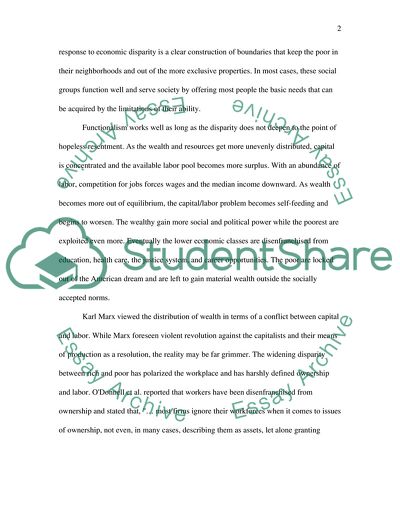Cite this document
(The Uneven Distribution of Wealth in America Coursework Example | Topics and Well Written Essays - 1500 words, n.d.)
The Uneven Distribution of Wealth in America Coursework Example | Topics and Well Written Essays - 1500 words. https://studentshare.org/macro-microeconomics/1712869-the-consequences-of-the-uneven-distribution-of-wealth-in-the-united-states
The Uneven Distribution of Wealth in America Coursework Example | Topics and Well Written Essays - 1500 words. https://studentshare.org/macro-microeconomics/1712869-the-consequences-of-the-uneven-distribution-of-wealth-in-the-united-states
(The Uneven Distribution of Wealth in America Coursework Example | Topics and Well Written Essays - 1500 Words)
The Uneven Distribution of Wealth in America Coursework Example | Topics and Well Written Essays - 1500 Words. https://studentshare.org/macro-microeconomics/1712869-the-consequences-of-the-uneven-distribution-of-wealth-in-the-united-states.
The Uneven Distribution of Wealth in America Coursework Example | Topics and Well Written Essays - 1500 Words. https://studentshare.org/macro-microeconomics/1712869-the-consequences-of-the-uneven-distribution-of-wealth-in-the-united-states.
“The Uneven Distribution of Wealth in America Coursework Example | Topics and Well Written Essays - 1500 Words”. https://studentshare.org/macro-microeconomics/1712869-the-consequences-of-the-uneven-distribution-of-wealth-in-the-united-states.


